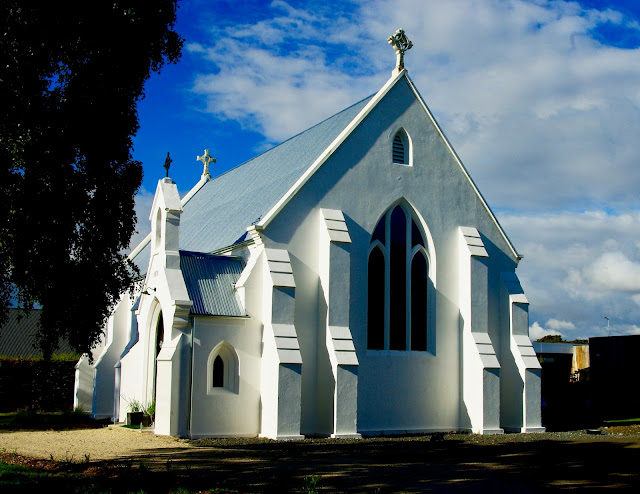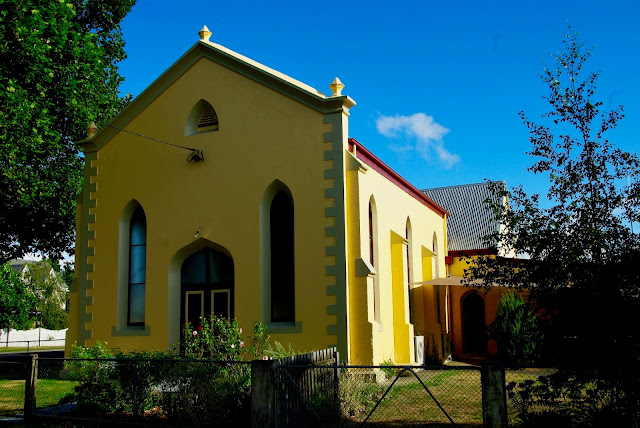No. 80 - St. David's Selbourne - Mercer's Last Liturgy

The former St. David's Anglican church is situated in the hamlet of Selbourne outside Westbury. It was consecrated by Bishop John Mercer on the 2nd of March 1914. This must have been the last church dedicated by Mercer, who returned to England permanently less than two weeks later. The dedication of the church was reported in the Launceston Daily Telegraph: “Yesterday Bishop Mercer paid a visit to the isolated but prosperous district of Selbourne, near Hagley, for the purpose of dedicating the new church which has been recently erected there. The Bishop, accompanied by Archdeacon Beresford, motored out in Mr Perrin's car, which had been placed at his disposal. The new church is named St. David's… The dedication ceremony was performed in the presence of a large gathering. An address on the nature and purpose of dedication was given by his Lordship, after which a picnic, which was joined in by Dr Mercer, was held in honour of the occasion. The Bishop was struck with ...


.jpg)


